It may seem surprising that of one of the greatest Greek sculptors not even Roman copies of his works have survived. But that is what happens, if we pay attention to Pliny the Elder, Pausanias and others, with a sculptor whose life and work is wrapped, as if that were not enough, in several mysteries.
To begin with, he was called Pythagoras and, although Pliny takes pains to distinguish him from another Pythagoras (a Samian) who was previously a painter, he also says that he had a remarkable personal resemblance with him to the point of being indistinguishable:
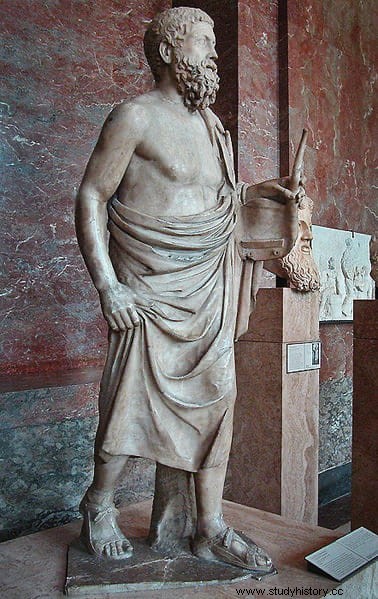
Today scholars like J.J. Pollitt and others believe that both were the same person. Pythagoras would have been born on the island of Samos and in the year 496 B.C. he emigrated with the Samians who took Zankle (modern Messina) finally settling in Regio, in the south of the Italian peninsula.
While living in his hometown of Samos he was a painter, we do not know exactly when he decided to switch to sculpture. He would have been active for some years before 496 BC. until 440 BC, and again Pliny cites him among the most important Greek sculptors.
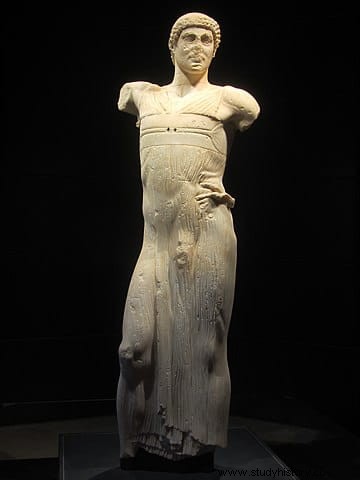
Not only that, he assures that he beat the famous Myron, the Discus Thrower, in a contest with a sculpture of a pancracist that was located in the sanctuary of Delphi. And that he was the first sculptor who carefully and accurately depicted the muscles, veins and details of the hair.
Diogenes Laertius even claims that he was the first to pay special attention to the order and proportion of his art, to the rhythm and symmetry . All of which leads us to consider him the main representative of the sculptural school of Magna Graecia, precedent of the later schools of Athens and Argos, which would culminate in perfection of Phidias and Polykleitos.
Pliny mentions some of the most famous sculptures of Pythagoras, such as that of the athlete Astilo de Crotona, winner of three successive Olympiads, or that of the man playing the harp. But unfortunately not a single copy, much less an original, has survived to this day that can be confirmed as his work. In some cases, like the Astilo, they may have been destroyed on purpose. In others, they were cast as bronzes or moved to other places, which the Romans used to do.
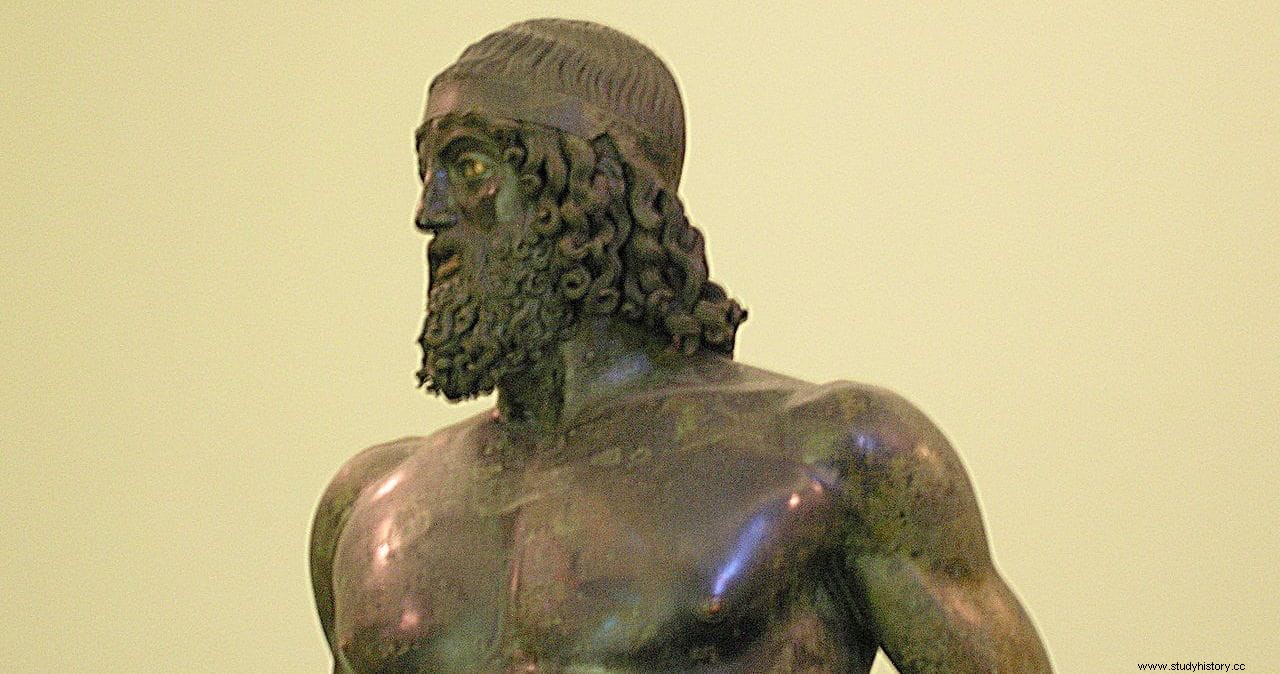
All we have of this great sculptor are possible identifications based on descriptions provided by sources. For example, one of the magnificent Riace bronzes, to which we have already devoted an article, could be his authorship.
Other sculptures attributed to him are that of Eutimo de Locros (famous boxer who in the 75th Olympiad in 480 BC was defeated by the no less famous Theagenes of Thassos), that of Zeus as the ox that transports Europe, the head of Perseus which is preserved in the British Museum, and even the Charioteer of Delphi.
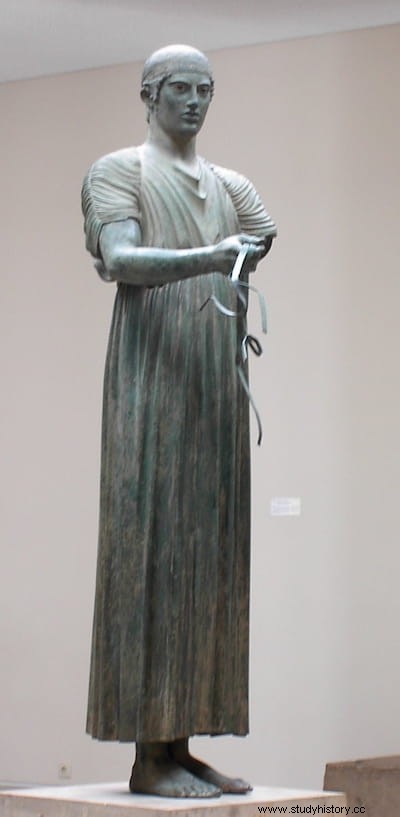
Pausanias also cites among the works of Pythagoras that of the fighter Leontiscus of Messina, that of Protolaus of Mantinea, that of Dromeo of Stymphelus, that of Mnasea of Cyrene, and that of Cratisthenes of Cyrene (riding a chariot with a Nike or victory). , all of them Olympic winners in different disciplines and immortalized in bronze. In marble, the charioteer of Mozia and a fallen warrior from the pediment of the temple of Heracles in Agrigento are attributed to him.
Regarding the aforementioned statue of Euthymus, the art historian J.J. Pollitt says that surprisingly its base has been found in the sanctuary of Olympia, with an inscription that says it was made by Pythagoras of Samos. If, as everything seems to indicate, he is the same sculptor as Pythagoras of Regio, we would have confirmation of at least the authorship of one work. Unfortunately we do not know what the sculpture was like to know if there are copies or not.
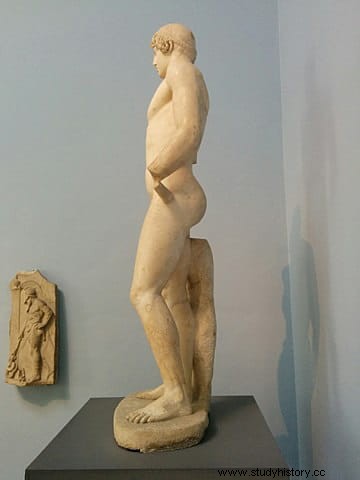
Charles Waldstein and some other researchers believe that the Apollo Cloiseul-Gouffier that is in the British Museum is actually a copy of Euthymus of Pythagoras. The consensus of the specialists is that the identification is so probable and consistent that it could be considered valid, although it remains a conjecture.
What the sources say may be enough to know the variety and quality of Pythagoras's work, and to justify his well-deserved fame, although they tell us very little about his style and the treatment he gave to his works. According to Ernest A. Gardner, certainly, judging from the few criticisms of his work that we possess, he seems to have been an artist of marked originality. The best techniques attributed to him seem to indicate that it was he more than any other who eliminated the last vestiges of rigidity and archaic conventions, and paved the way for the perfection of Greek sculpture .
Until the authorship of one of the few bronze statues that have come down to us from ancient Greece, or in Roman copies, can be confirmed, we will continue to be unable to appreciate the art of one of the greatest sculptors in history.
